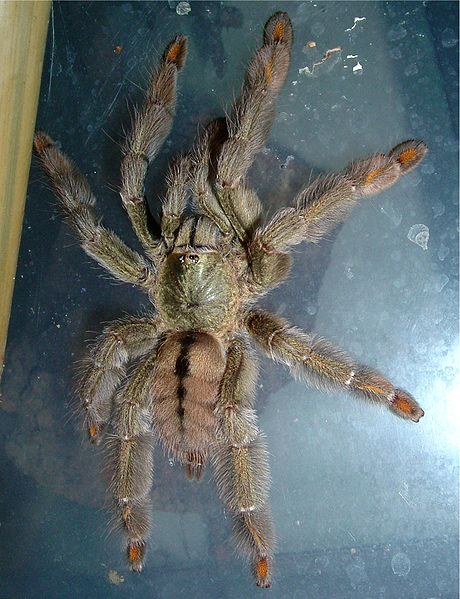I'm joining the call for a Presidential Debate devoted to science and technology. How can our leaders make informed decisions about the multitude of issues that face us if they are ignorant (or worse, misinformed) about the science and technology behind them?
Some of these issues (plucked from the ScienceDebate site) include:
The Environment
- » Climate Change
- » Conservation and Species Loss
- » The Future of The Oceans
- » Fresh Water: Drought, Pollution, Ownership
- » Population Growth and Its Effect on Environment
- » Renewable Energy Research
Health and Medicine
- » Global Diseases and Pandemics
- » Stem Cell Research
- » Antibiotic Resistant Bacteria
- » Drug Patents, Generic Drugs
- » The Genome
- » Bioethics
- » Scientific Innovation and Economic Growth
- » Improving Science Education
- » Space Exploration
- » Preserving Scientific Integrity in Government
- » Energy Policy
Join me and spread the word.






